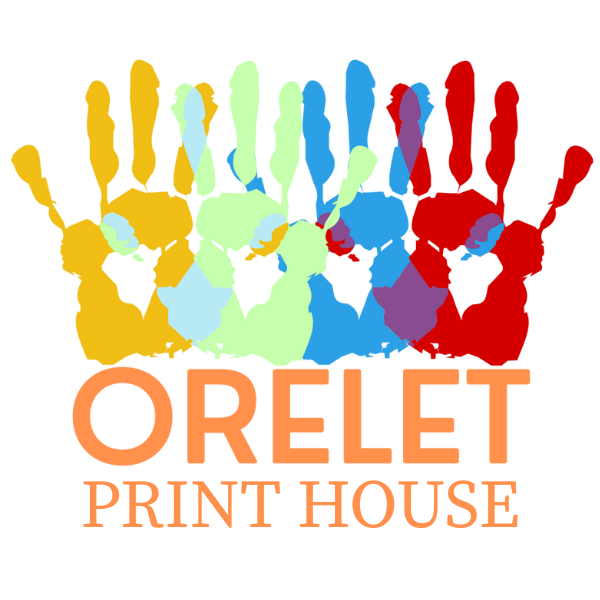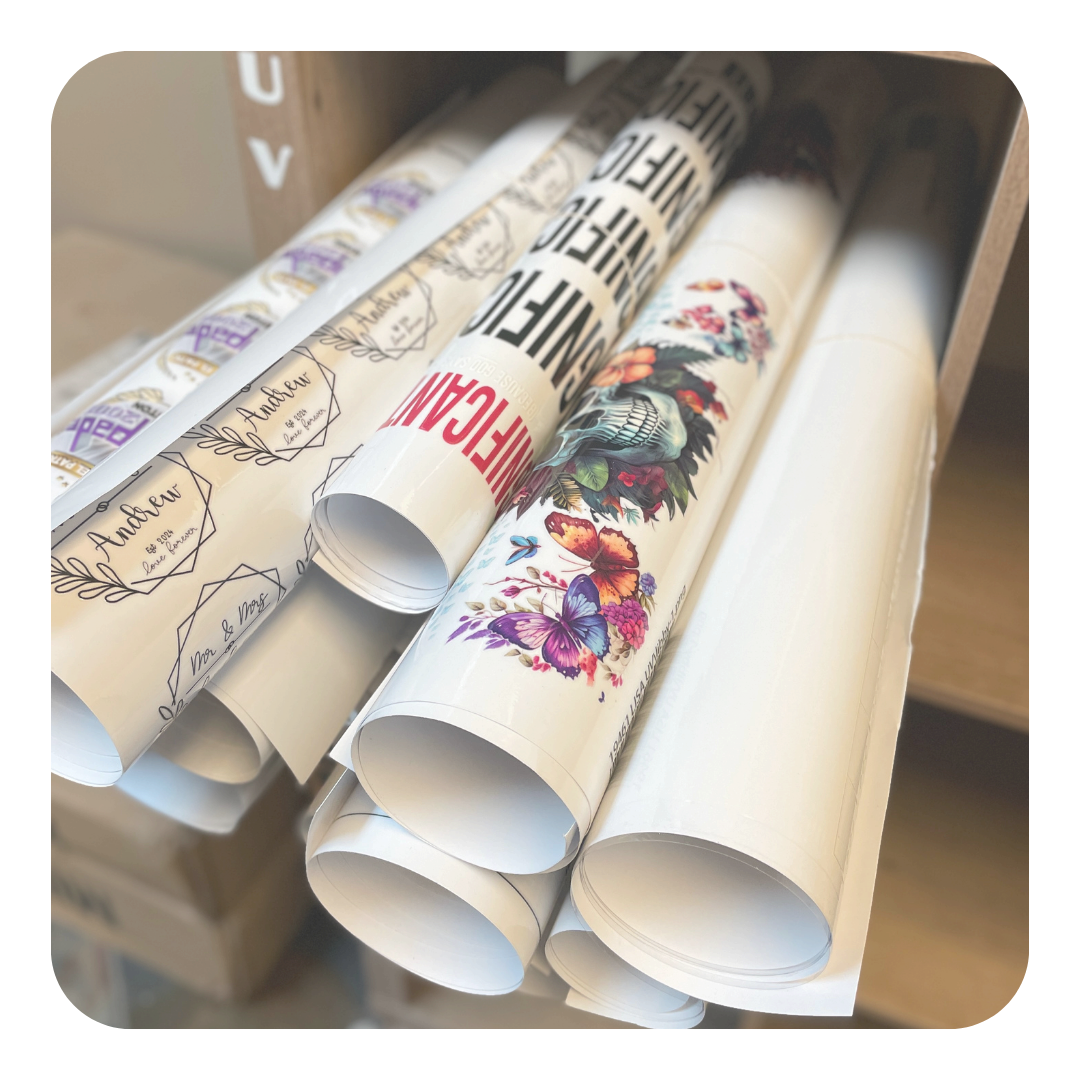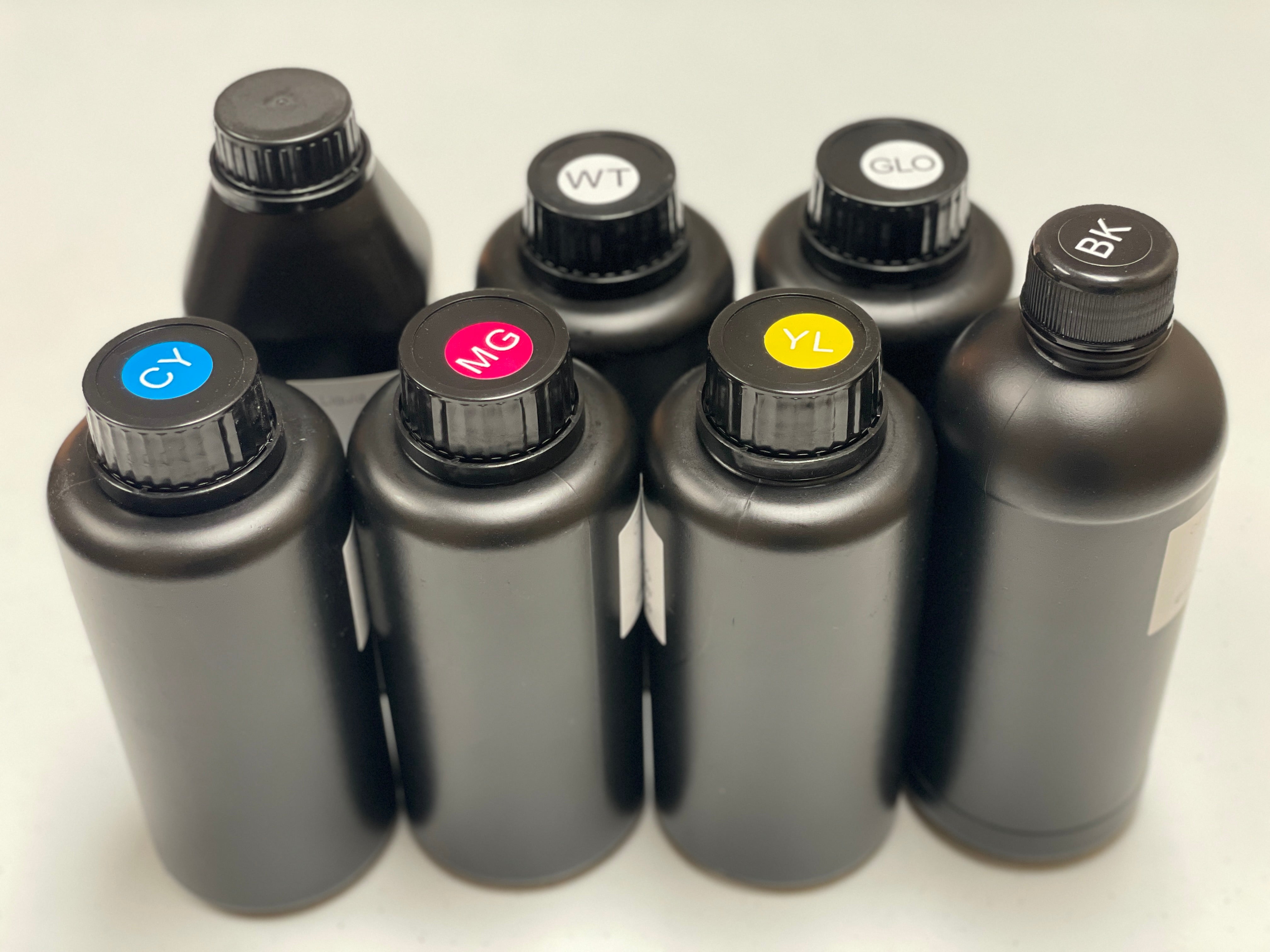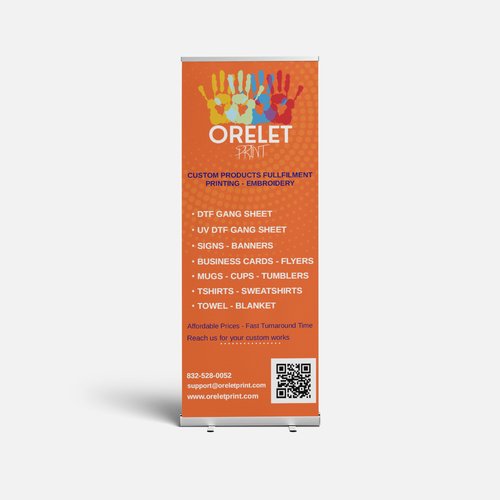Direct to Film (DTF) printing is gaining significant traction in the textile industry, right? That’s all due to its versatility, quality, and environmental benefits.
Indeed, DTF printing service appeals to a wide range of markets—from small and medium-sized enterprises to the fast-paced fashion sectors. Just because it facilitates cost-effective, small batch production of high-quality and durable prints on various fabrics.
In fact, e-commerce has further fueled the demand for DTF printing. All thanks to its rapid and customizable production capabilities. Now—DTF printing is poised to explore new applications in home décor, automotive upholstery, and beyond. Sounds interesting, no?
Let’s discuss in detail to explore everything you need to know about DTF printing. Rest assured that we’ll throw light on every important aspect like custom DTF transfers—to help you understand it in real-time.
What is DTF Printing?
DTF (Direct to Film) printing is an innovative textile printing method in which designs are first printed onto a special PET film—and then transferred to various materials, primarily fabrics. Custom DTF prints are a popular choice for custom apparel and product branding.
Let’s say there’s a custom t-shirt shop that wants to offer vibrant, full-color graphics on a variety of t-shirt fabrics, including cotton, polyester, and blends. So—they can leverage DTF printing to produce intricate designs with a high level of detail and an extensive color palette. For instance, they might receive an order for t-shirts featuring a complex floral pattern with multiple colors for a local gardening club. DTF printing can allow them to print this design onto a PET film, apply the adhesive powder, and then use a heat press to transfer the design directly onto the t-shirts. The end result would be high-quality, durable shirts with sharp and bright images that won't easily fade or crack. It will be suitable for both everyday wear and special club events.
Indeed, DTF printing facilitates efficient production of small or large batches of shirts with consistent quality. All while allowing businesses to expand their ability to serve diverse customer needs.
Types of DFT Printing Technologies
So—there are several types of DFT printing technologies, each with its own unique processes and benefits:
Digital Light Processing (DLP)
Digital Light Processing (DLP) projects digital images onto a photosensitive resin to fabricate detailed prints layer by layer. Its process involves a projector that directs light onto the resin. All while solidifying it in designated patterns to gradually build up the object.
For example, the dental industry frequently utilizes DLP to create precise dental molds and models due to its ability to accurately capture complex details. So—DLP is preferred for its rapid processing and the high resolution of the final products. We can say it is more ideal for intricate designs.
Digital Micromirror Devices (DMD)
Digital Micromirror Devices employ thousands of tiny mirrors to precisely direct light patterns during the printing process—which is a specialized form of Digital Light Processing. It is particularly useful in manufacturing complex parts such as microfluidic devices.
That’s because it ensures precise control over light exposure that results in highly accurate and detailed prints. It's like each micromirror acts as a pixel in the projected image. All while controlling the curing of the resin by tilting towards or away from the light source.
Inkjet-Based DFT Printing
Inkjet-Based DFT Printing leverages an inkjet mechanism to deposit photopolymer materials layer by layer. All just to build up an object. This method allows for a high degree of material versatility and the capability to print with multiple materials or colors simultaneously.
It operates similarly to a conventional inkjet printer, where droplets of material are jetted and immediately cured by UV light to construct the object incrementally. Let's consider the application of inkjet-based DFT printing in prototyping consumer products. Basically, designers utilize this technology to test both aesthetics and functionality using various materials.
DFT Transfers
DFT Transfers involve printing a design onto a special film, which is then transferred to another surface through heat and pressure. This method is particularly suitable for applying intricate, durable designs to materials that are difficult to print on directly. The design is printed onto the DFT film and then applied to the product's surface using a heat press. This in turn activates the adhesive for transfer.
Indeed, DTF custom transfers are widely used in the apparel industry. All those vibrant, non-fading designs that you see on sportswear are the perfect example of this technology.
How Does DFT Printing Work?
- Firstly, the designer creates a digital image of a colorful floral pattern intended for a summer dress using graphic design software.
- The design is then printed onto a clear film using a specialized DFT printer that applies water-based inks.
- After printing, a powder adhesive is applied to the wet ink; the adhesive sticks only where there is ink.
- Next, the film passes through a dryer where the ink and adhesive dry and the adhesive is melted to ensure complete coverage of the design.
- The film is then placed ink-side down onto the fabric of the summer dress and pressed under heat to transfer the design onto the fabric.
- Once the heat press is complete, the film is peeled off, leaving the colorful floral design on the fabric.
- The fabric with the new print is finally cured in a tunnel dryer to ensure the print's durability and wash ability.
- The result is a summer dress adorned with a vibrant, high-quality floral print that is ready for wear.
Pros and Cons
|
Why opt for DTF Printing? |
Why Not opt for DTF Printing? |
|
Flexible design options |
Higher initial costs |
|
Efficient production |
Requires significant space |
|
High-quality, custom prints |
Technical expertise required |
|
Eco-friendly inks |
Maintenance and upkeep needed |
|
Versatile fabric compatibility |
Consumable costs |
Tips for Successful DTF Printing
- Ensure your design files are of high resolution to avoid pixilation. For instance, you may use 300 dpi images for crisp prints on t-shirts.
- Use premium quality DTF-specific inks to enhance print longevity and color vibrancy. It’s much like choosing high-grade inks for archival art prints.
- Regularly maintain and clean your printer to prevent ink clogs and ensure consistent print quality.
- Test print on a small patch of fabric before full production to check for color accuracy and adhesion. It is just like color testing before painting a room.
- Preheat the fabric slightly before transferring the film to improve the ink’s adhesion. It is similar to preheating a pan for better cooking results.
- After printing, cure the fabric properly to set the ink, just as you would allow paint to dry completely before a second coat.
- Adjust the heat press settings based on the fabric type. For example, lighter pressure for delicate fabrics like silk and higher for robust materials like denim.
- Keep the work environment dust-free to avoid debris getting trapped in the print.
Get Innovation-Driven DTF Printing Service
Now—if you're thinking where can I find a reliable DTF printing near me—then you are at the right place. Look no further! Our DTF custom transfers and custom DTF prints are tailored to meet the diverse needs of any project.
As the best DTF transfer company—we specialize in delivering vivid, high-resolution prints on a wide range of fabrics.
Custom dtf transfers for bespoke apparel, unique home décor, or striking promotional materials. No matter what you need—our DTF printing company is equipped to provide top-tier results.
Rest assured that we follow sustainable practices and offer affordable services in the best way possible. That’s what makes us the best DTF transfer company you’ll ever find.



























